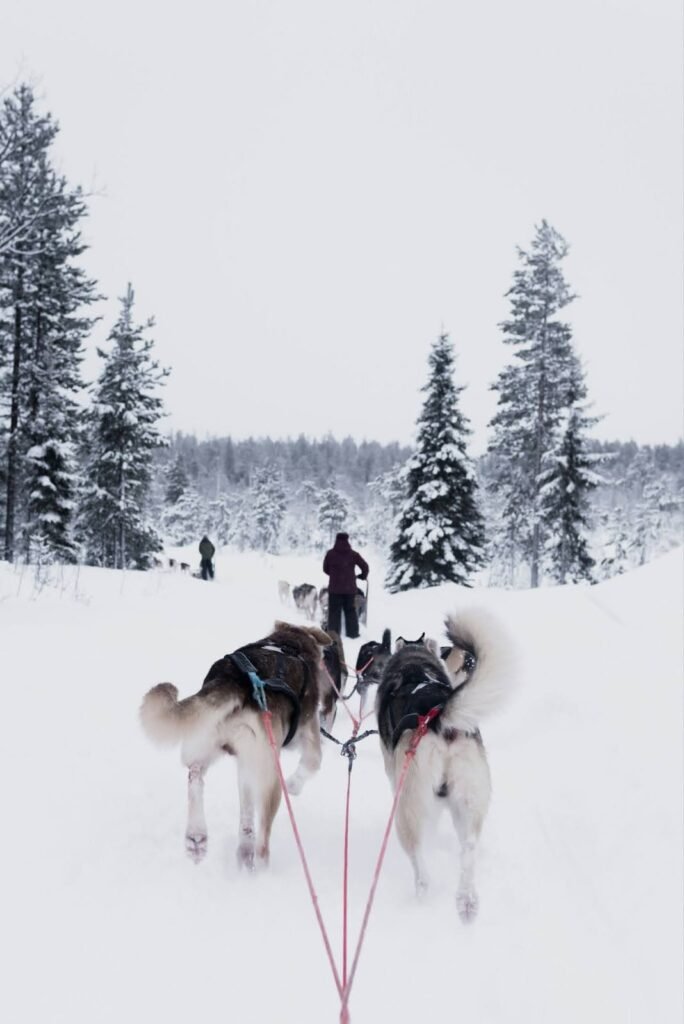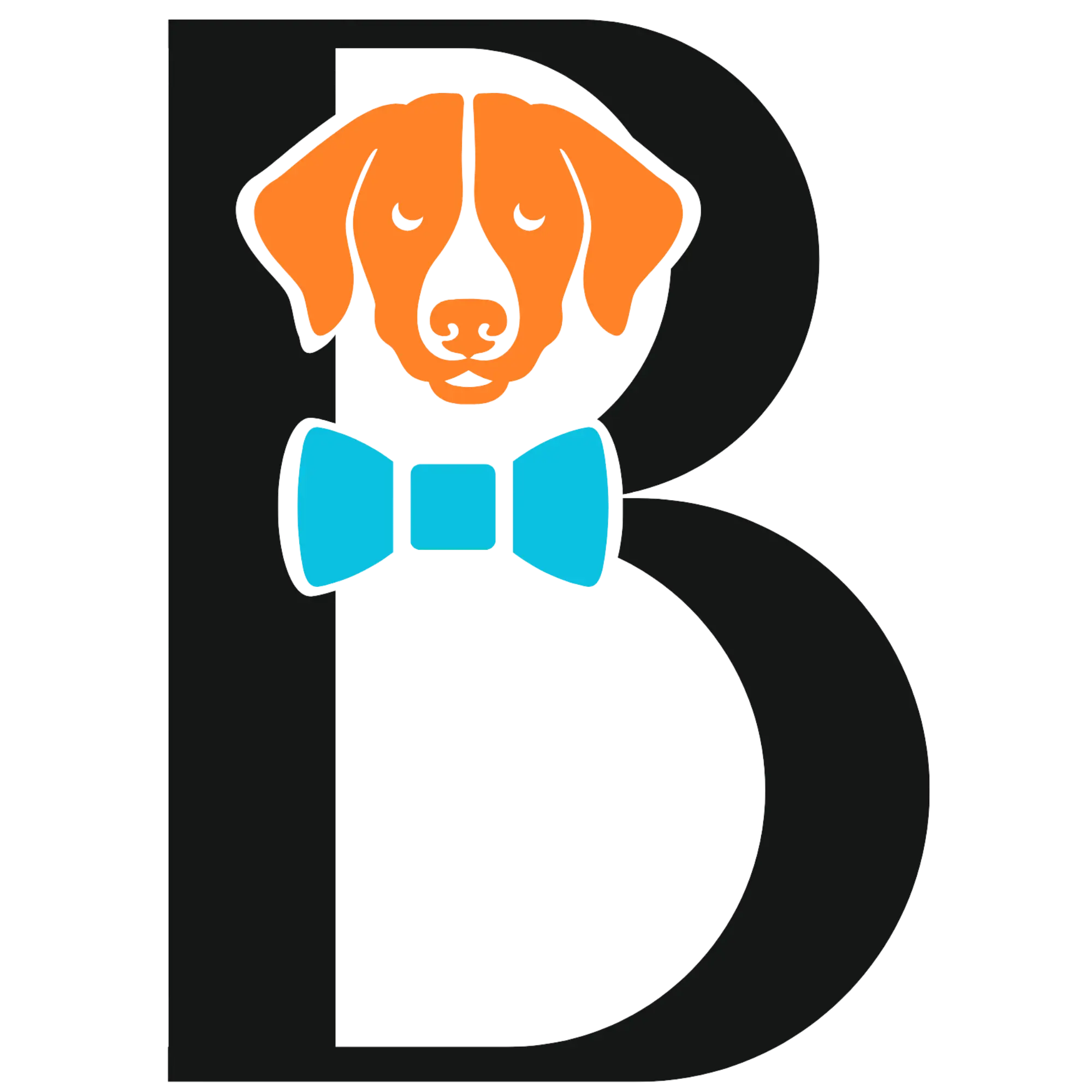Exploring the World of Dog Breeds

Have you ever paused to marvel at why each dog is so incredibly unique? From their boundless energy levels to their peculiar obsessions, every pup seems to have its own set of quirks. But why may that be? Today, we’re going to dive into the diverse world of dog breeds, to uncover the secrets behind these distinctive traits. Exploring the distinctions between breeds can deepen our understanding of our canine companions, whether you are a new dog owner or an experienced dog enthusiast eager to know more. The American Kennel Club (AKC) categorizes these breeds into seven distinct groups, each defined by specific characteristics and roles. Join me as we explore these groups to better understand the furry friend lying beside you or the one you’ve been dreaming of bringing home.
1. Sporting Group

Sporting dogs are a group renowned for their vibrant energy, intelligence, and inherent versatility in outdoor activities. Originally bred to assist hunters by retrieving game from land and water, these dogs are masters in skills that require agility, stamina, and a keen sense of smell. Breeds like the Labrador Retriever, Golden Retriever, and Cocker Spaniel exemplify the group’s characteristics—friendly, easy to train, and eager to please. Their sociable nature makes them wonderful family pets, while their athletic build and mental acuity make them suitable for a variety of roles, from service animals to competitive sports participants. Whether splashing through water to fetch or carefully tracking a scent, sporting dogs bring joy and energy to every task they undertake.
Examples: German shorthaired pointer, Duck tolling retriever, cocker spaniel
2. Hound Group

Hound dogs, with their profound sensory skills, are a diverse and fascinating group that serves specific roles in tracking and hunting. Divided into scent hounds, like the Bloodhound, and sight hounds, like the Greyhound, these breeds are united by their extraordinary tracking abilities. The most popular breed, the basset hound, has immense olfactory prowess, boasting more than 220 million scent receptors, allowing them to sniff out everything from lost individuals to hidden contraband. Their ability to detect and follow trails are embedded within their genetic makeup, making them both fascinating but often stubborn and challenging pets.
While a basset hounds’ short legs and slow pace may not be suited for a high-speed chase,
Sight hounds, on the other hand, dazzle with their ability to spot and swiftly chase down fast-moving prey across open terrains. Greyhounds for instance, are capable of reaching speeds up to 45 miles per hour in mere seconds. Their slender and aerodynamic bodies make them remarkable stars on the racetrack.
Examples: beagle, dachshund, Whippet
3. Working Group

Working dogs encompass a broad array of breeds known for their strength, intelligence, and versatility, qualities honed through generations of performing demanding tasks. These dogs often serve in roles such as guarding property, pulling sleds, search and rescue operations, and police and military duties. Their robust physiques and sharp minds make them ideal for these challenging jobs. Working dogs are not only physically capable but are also deeply loyal and protective of their human counterparts, forming bonds that are vital to their role as protectors and helpers. The profound dedication and work ethic displayed by these dogs make them invaluable assets in both professional settings and at home, symbolizing a perfect blend of utility, intelligence, and companionship.
A remarkable example of a working breed is the Newfoundland dog. Known as a true gentle giant, this breed is celebrated for its exceptional water rescue capabilities. The Newfoundland’s substantial muscular build, webbed feet, and thick, water-resistant coat equip it superbly for saving lives in aquatic environments.
Examples: Husky, Great Pyrenees, Bernese Mountain dog, Saint Bernard, Doberman.
4. Terrier Group

Originally bred to hunt and eliminate vermin, dogs in the terrier category possess a natural high prey drive. This characteristic imbues them with tenacity, fearlessness, and abundant energy, often manifesting in a feisty demeanor. Terriers demonstrate a persistent nature, evident in their bold and determined behavior, not just in hunting but also in everyday activities. They thrive on consistent, vigorous exercise and mental stimulation, making them well-suited for active engagement and challenges.
Examples of this spirited group include the Jack Russell Terrier, Bull Terrier, Yorkshire Terrier, American Pit Bull Terrier, and Boston Terrier, each adding their unique flair to the terrier family.
5. Toy Group

The Toy Group consists of small dog breeds that are primarily bred for companionship, embodying charm and affection in a petite package. These pups are ideal for those seeking a lapdog with a big personality. Despite their small stature, toy breeds are often full of vigor and spunk, displaying confidence and sometimes even a protective nature towards their owners. They are particularly well-suited for living in smaller spaces like apartments, making them popular among urban dwellers. While their exercise needs are less demanding compared to larger breeds, toy dogs still benefit from regular interaction and mental stimulation, ensuring they remain happy and healthy companions. Their endearing qualities and manageable size make toy breeds a favorite among those looking for a pet that is both loving and easy to care for.
Examples include; chihuahua, pug, shih tzu, maltese, french bulldogs, pomeranian
6. Non-Sporting Group

The Non-Sporting Group is the most varied among all breed groups, encompassing a variety of sizes, shapes and temperaments. These breeds don’t share a specific job type, which makes the Non-Sporting Group unique. Instead, they’re valued for their individual traits and roles, ranging from lap dogs to watchdogs. What ties them together is not a common working purpose but rather their adaptability and the distinctiveness each breed brings. This group showcases the variety and broad spectrum of canine companionship, offering a breed to suit nearly any preference or lifestyle.
Examples: bulldog, dalmatian, chow-chow, poodle, shar pei, bichon Frisé
7. Herding Group

These breeds were originally developed to gather, herd, and protect livestock. Their natural instinct to herd is so strong that they often try to herd other pets, children, and even adults, which is a clear reflection of their imprinted DNA. Dogs in the herding group are incredibly intelligent, responsive to training and require immense physical activity and mental challenges to satisfy their working heritage.
Example: The Border Collie is renowned for its intelligence and ability to control the movement of other animals. Known as the workaholic of the dog world, this breed thrives on tasks and is happiest when it has a job to do, requiring significant mental engagement and physical exercise.
Other examples: German shepherd, Australian shepherd, rottweiler, sheltie, belgian malinois.
Conclusion:
We’ve just explored all seven AKC dog breed groups, each with its unique characteristics and historical significance. Whether this guide helps you bond more deeply with your current pup, assists you in selecting the perfect new addition to your family, or simply provides you with enjoyable and informative insights into the diverse world of dogs, there’s something here for every dog lover to appreciate.
